Indian cuisine is characterized by the extensive use of numerous spices. Spices or Masala as it is called in Hindi, may be called the “heartbeat” of an Indian kitchen.
By extensive use of spices I do not mean that spices are used to make the food fiery hot. The spices are used to flavor the food, making each dish distinct and wonderfully aromatic. Each spice by itself imparts a very unique flavor, but when used together with other spices, the combination and permutation of different ones magically change the individual characteristics. Spices are also used for health benefits and medicinal purposes, to prevent diseases and also to preserve food.
Here I have written about only the few basic spices required to start an Indian spice cabin. There are many more, and some of them might be used only sparingly. I will add them slowly as and when required. I must mention here that the spices are also region specific; some spices which may be very popular in the northern regions of India might not be used as much in the southern regions and vice versa.
Here I am going to talk about all kinds of ingredients which we use in Indian cooing some of them may not be in the categories of spices but it gets used in curries as flavoring agents.
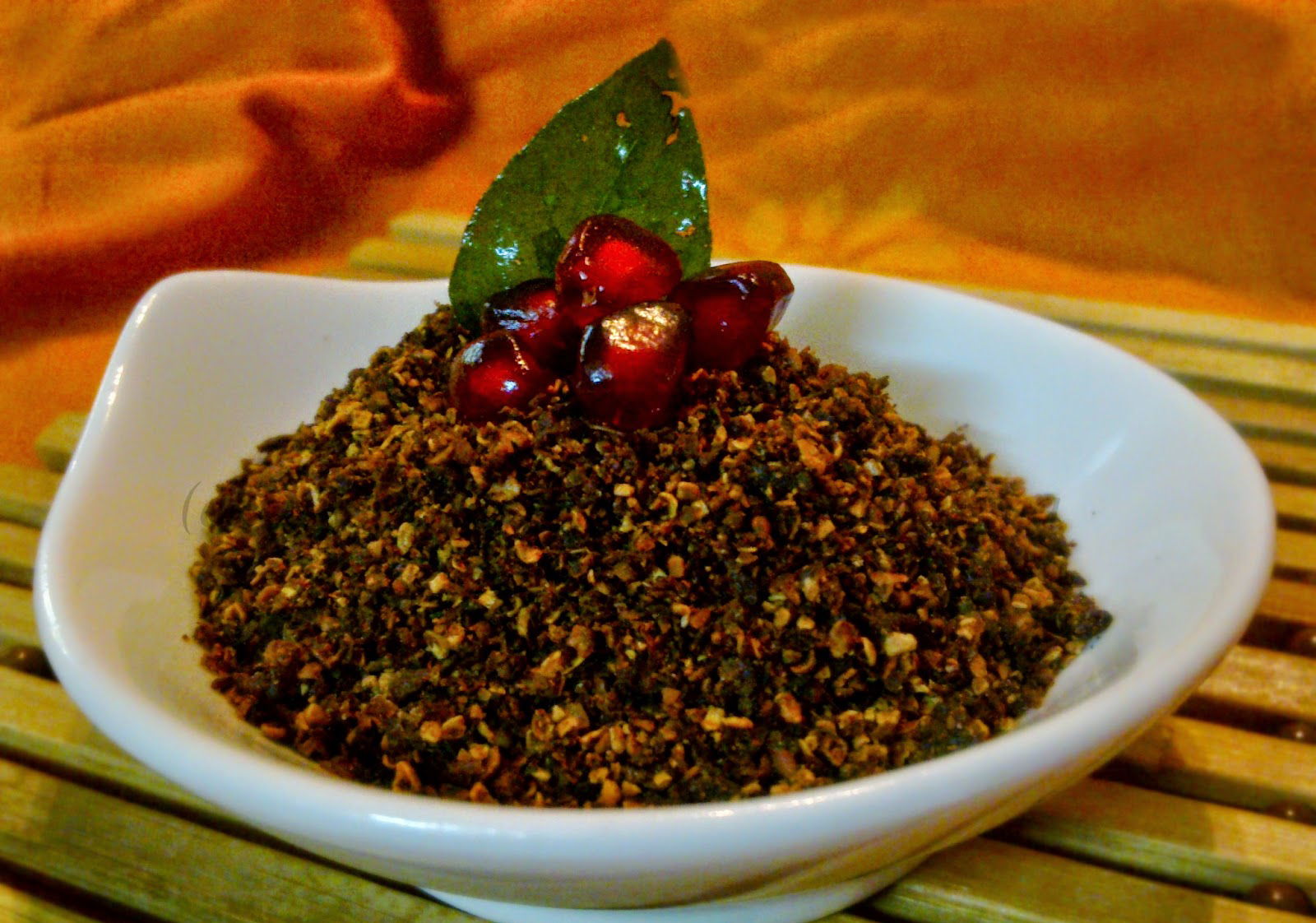
Anardana refers to the dried seeds of the pomegranate fruit. A variety of wild pomegranate called daru, which grows in the southern Himalayas, is reputed to yield the best anardana.
Bits of pomegranate pulp remain on the seeds as they dry, so the slightly sticky seeds with a fruity, mildly sweet and tangy taste are used as a souring agent in Indian cuisine. They are used mainly in vegetable and legume dishes, as well as a few Moghlai dishes. Roasted and ground anardana replaces lime juice in the cuisines of regions where fresh lime in not available in certain seasons.
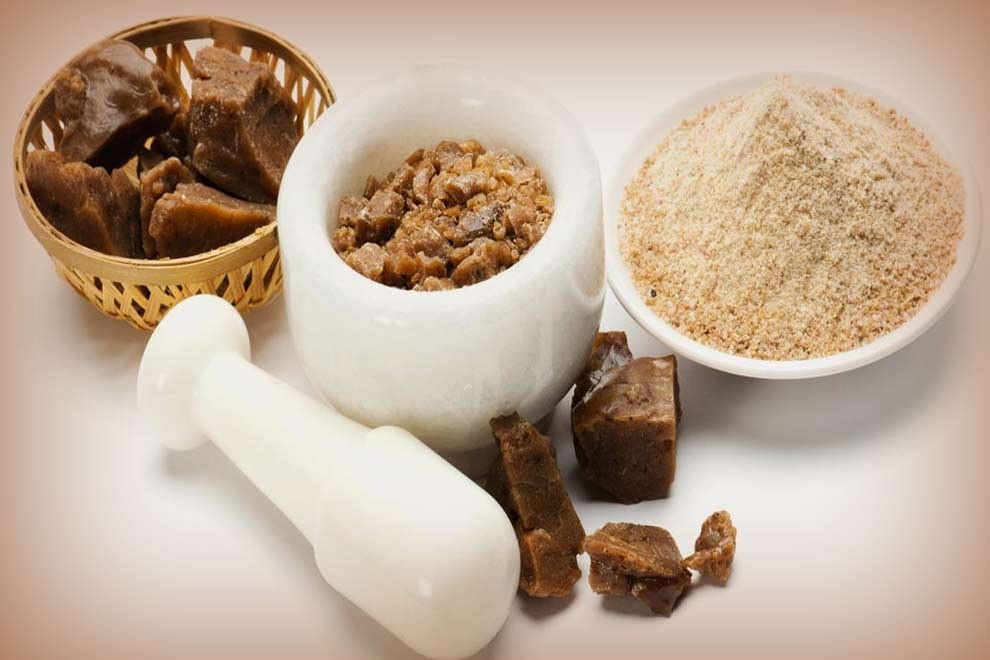
Resinous substance obtained from the rhizome and root of certain plants. Best known for its distinct odor, present in ground, raw form, but mellows when it is cooked. It is not a spice, it is more like a gum obtained from plans but gets used flavoring dishes. This is often used as a digestive. It has a strong odor and a slight garlicky flavor. Do not taste this raw – it is NOT a pleasant experience. Using it in the recommended recipe however, works wonders. Just a pinch is used for cooking in dishes with lentils and beans.
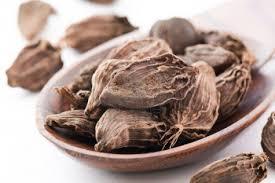
The pods of black cardamom are large, coarser, and somewhat stringy with large gray-black seeds. An important spice of North Indian spice blend garam masala, which is used in Moghul cooking.
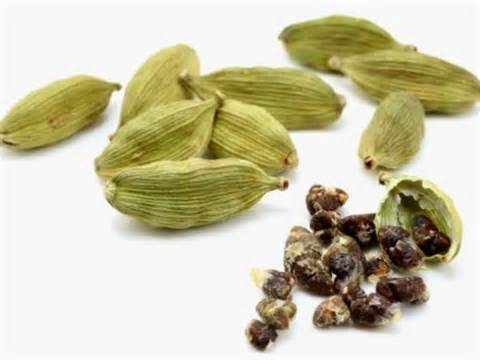
This is used throughout India to flavor curries, vegetables, rice, dessert and the ever famous masala chai. The pod itself is neutral in flavor, it is the brown sticky seed inside the pod that gives that wonderful flavor. The pods should be kept whole, as ground cardamom quickly loses flavor. When you require cardamom in the powdered form, the best way is to crack open the pods using the back of a spoon and powder the small brown/black seeds inside in a mortar or it is recommended to grind small quantities at home using a coffee mill. When a recipe calls for whole cardamom, the pods can be cracked open slightly to release the full.
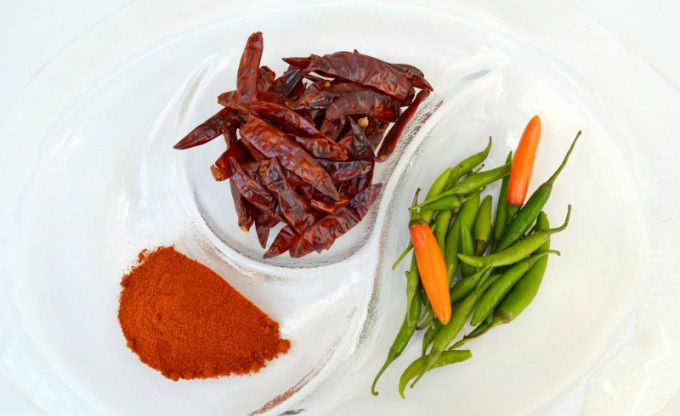
Gives food a hot taste. Dried chili pods are added to hot oil and fried until they turn black and smoke. This smoky-hot oil is an important flavoring in Indian cooking. Green chilies add an herbal aroma as well as heat to a dish. Chilies are not spices but they gets use to give heat to our dishes. Chilies are usually in the categories of vegetables or fruits but they are essential part of Indian cooking.
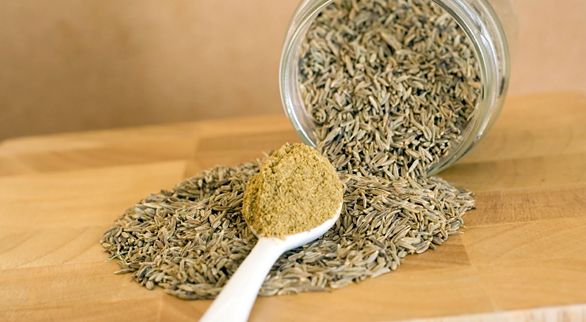
A basic Indian spice. Used mainly in North Indian food and is used for its strong distinctive taste. When roasted whole cumin seeds release more aromas and gives the dish a sweet flavor. Cumin can be used as a whole spice or in the powdered form. Cumin seed powder lends a sweet and mild flavor to a dish and is one of the main ingredients in the popular mixed Indian spice called Garam Masala.
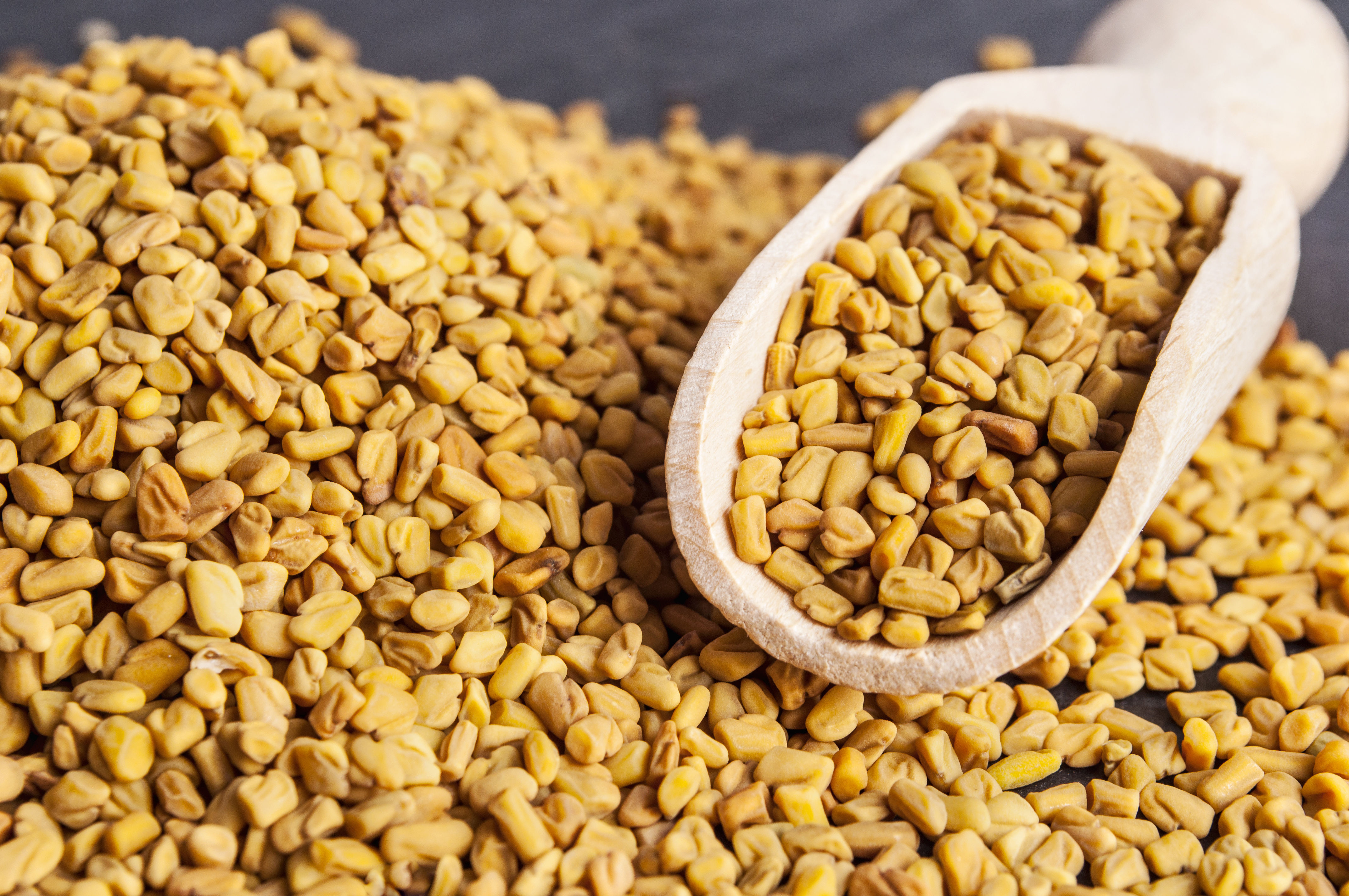
Both the leaves and the seeds are used in Indian cooking. They have different flavors and aroma, hence are not interchangeable. The tiny, brown, bitter-tasting seeds, when roasted or fried, impart a maple syrup-like aroma. Seeds and leaves, either fresh or dried, are used in stews, soups, vegetables, sauces and chutney.
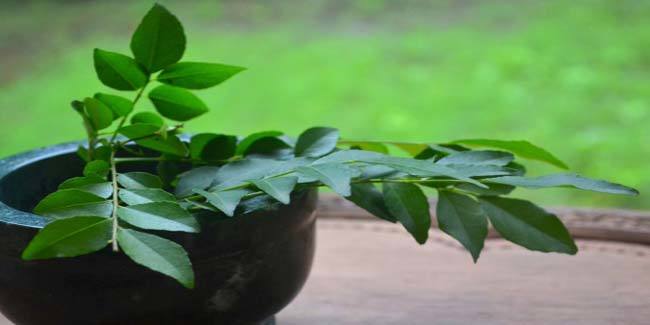
Curry leaf is just a leaf, not a spice. It should not be confused with curry powder, a blend of several spices and seasonings. Kari leaves have a captivating balmy aroma, reminiscent of juniper berries and lime. One of the primary flavorings of South Indian and Southeast Asia cooking. Fresh curry leaves are available in Indian grocery stores.
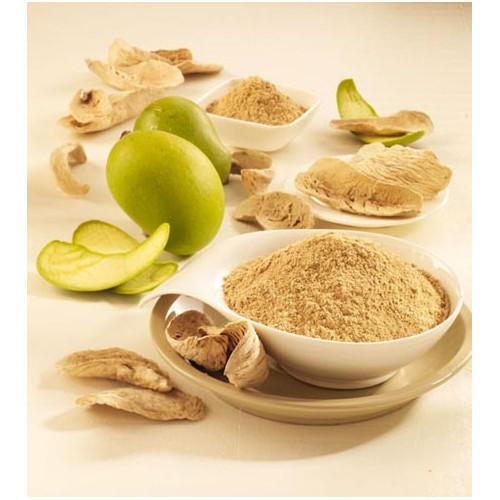
A pale gray-beige powder produced by grinding dried slices of unripe mangoes. Has a distinct floral aroma and tart taste. Used as a souring agent and a tenderizer with chickpeas, root vegetables and meat.
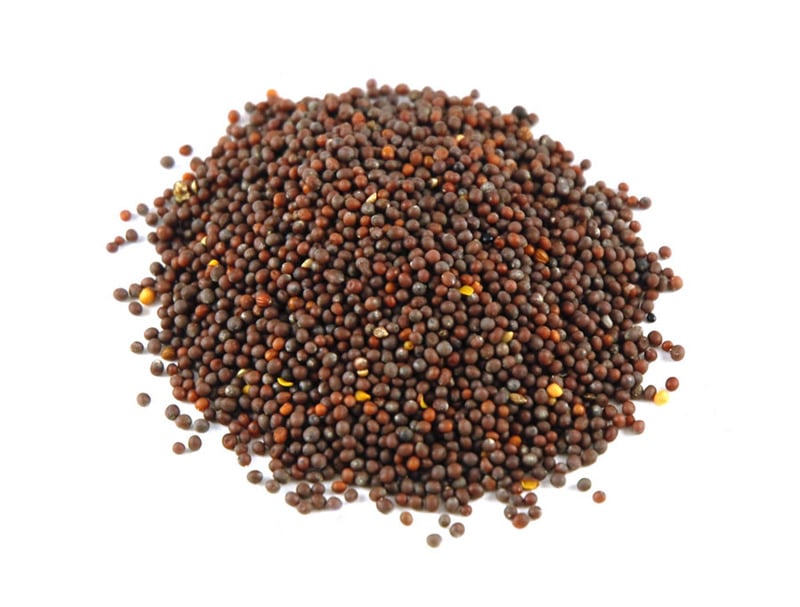
Tiny round brown, black or red seeds that look like large poppy seeds. Added to hot oil and fried until they pop to release their fragrance. This mustard-infused oil, a primary step in the making of almost all dishes, is the predominant flavor in Indian cooking.
In India the black mustard seeds are preferred over the larger yellow ones found in the western world. It has a strong but pleasing flavor and known for its digestive qualities. It is spluttered in oil or Ghee (clarified butter) and used as a tempering. Mustard seeds are used in India to flavor vegetables, pulses and pickles.
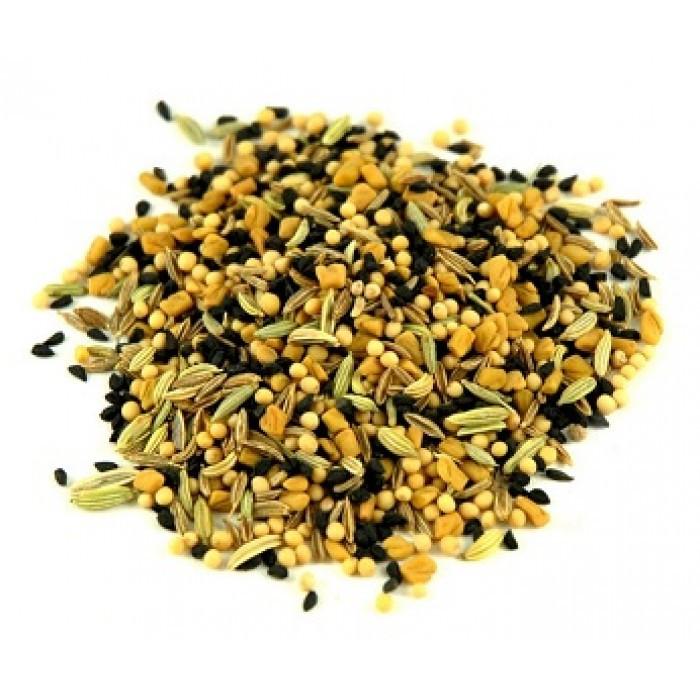
In the Eastern regions of India, mainly Bengal, five aromatic seeds are combined to produce this blend: cumin, brown mustard, fenugreek, fennel and nigella. The spices are added to hot oil to “bloom” them. Use the spice-infused oil as a base for cooking and flavoring. Lightly crushed panch phoron makes a wonderful spice rub for fish and seafood.

The fruits of the tamarind tree, native to India, bear seedpods containing dark brown seeds surrounded by an acidic pulp that is used as a souring agent in many recipes. Sweet tamarind chutney is one of the cuisine’s most popular dipping sauces.
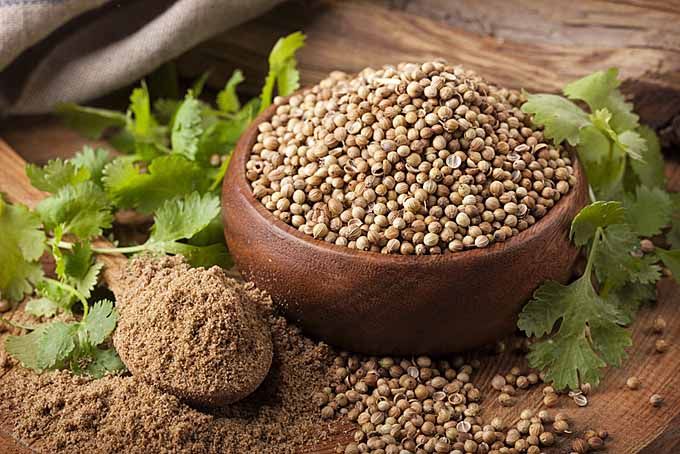
Mainly used for its fresh, soothing and cooling taste, corianders seeds are very light weight and have a mild flavor. Although they come from the same plant, they should not be mixed up with cilantro. Coriander seeds like cumin is used as a whole spice and in a powdered form. In a powder form it is an indispensable spice in the spice box of Indians. The aromatic fragrance of the roasted coriander powder enhances the taste of any dish.
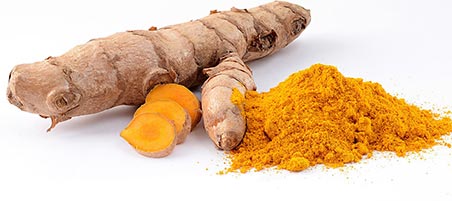
Looks similar to a ginger root but when cut has a gorgeous orange-yellow color. Turmeric is mainly used in Indian dishes for its medicinal properties and for the gorgeous intensive color it gives to the dishes. It is mildly aromatic and has a delicate scent of ginger. Turmeric is a wonder spice and is used throughout Asia to treat cases of stomach and liver ailments. It is also used externally to heal sores and in cosmetics
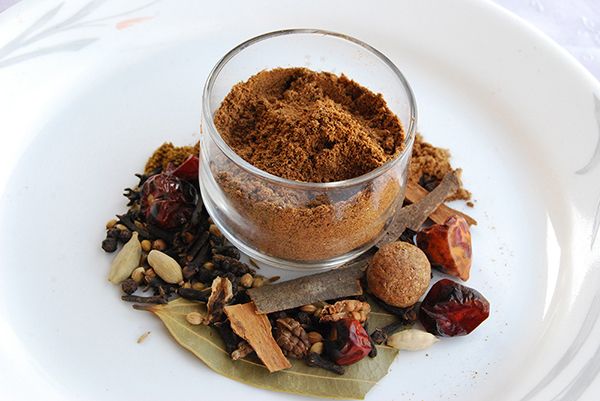
Garam Masala is powdered blend/mix of spices (aromatic spices, see below) that may include cloves, cardamom, cinnamon, black peppercorns, nutmeg, mace. Garam means “hot”, but not chili hot, hot in the sense that these spices are said to increase body temperature. It can be used as a mix of whole spices as well. A whole garam masala could include whole cinnamon sticks, bay leaves, cloves, cardamom (black or green), whole mace, and black peppercorns. Powdered garam masala is often added at the end of cooking in small quantities so that the full aroma is not lost whereas, whole garam masala is used in north Indian cooking, especially meat dishes and as aromatics for rice dishes. Often these are fried in hot oil before other wet ingredients such as meat, onions, garlic, and/or ginger are added. Different regions use different mixtures and proportions of the spices. This is makes every chef unique. Sometimes spices can be roasted to before grinding.
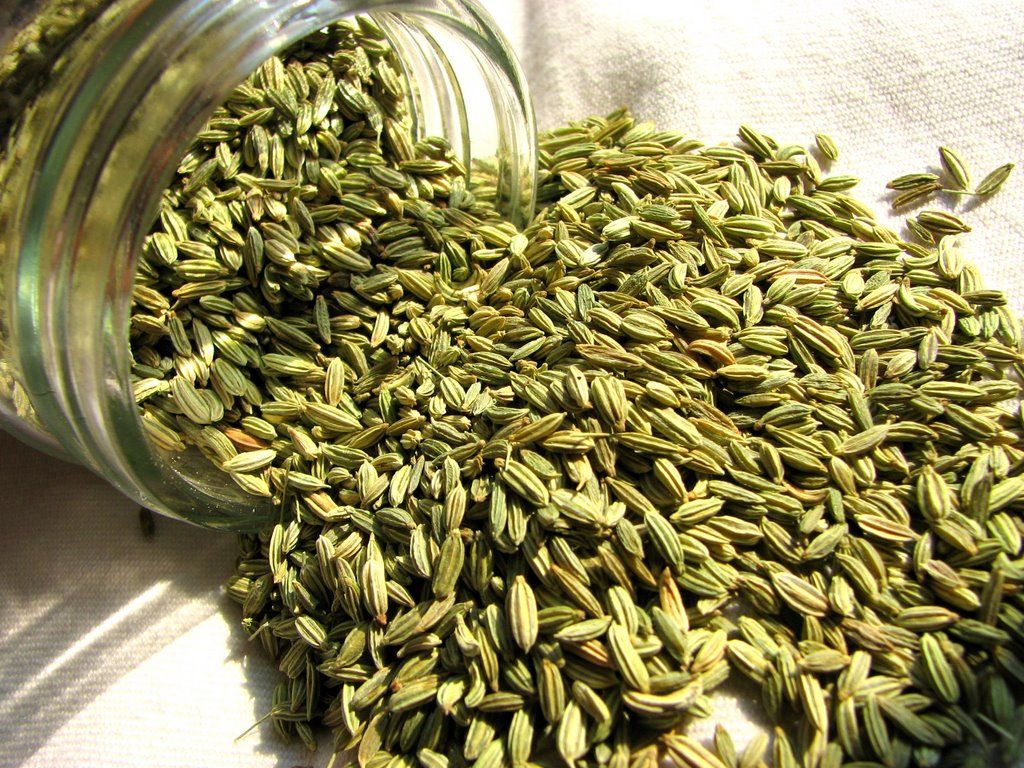
Although this is a basic Indian spice, it is not essential. It is mainly used in North Indian cuisine and posses digestive qualities. If you often visit Indian restaurants you will find these coated with colored sugar and offered after meals as a mouth freshener. Fennel seeds are also often used to spice up teas and drinks.
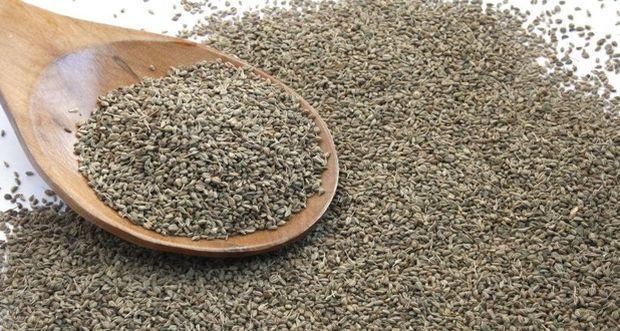
These have a strong peppery-thyme flavor. This poppy seed like plant comes from the lovage plant. It is very popular in North Indian cooking. It is used in preparing many Indian vegetables and pulses.

It is the bark of the cinnamon tree that is often used in India in many curries and pulavs to give the dish a rich flavor. With its warm, sweet flavor, cinnamon is one of the biggest workhorses on the spice shelf. Cooks often use it to flavor baked goods and drinks but cinnamon also works wonders in stews and sauces
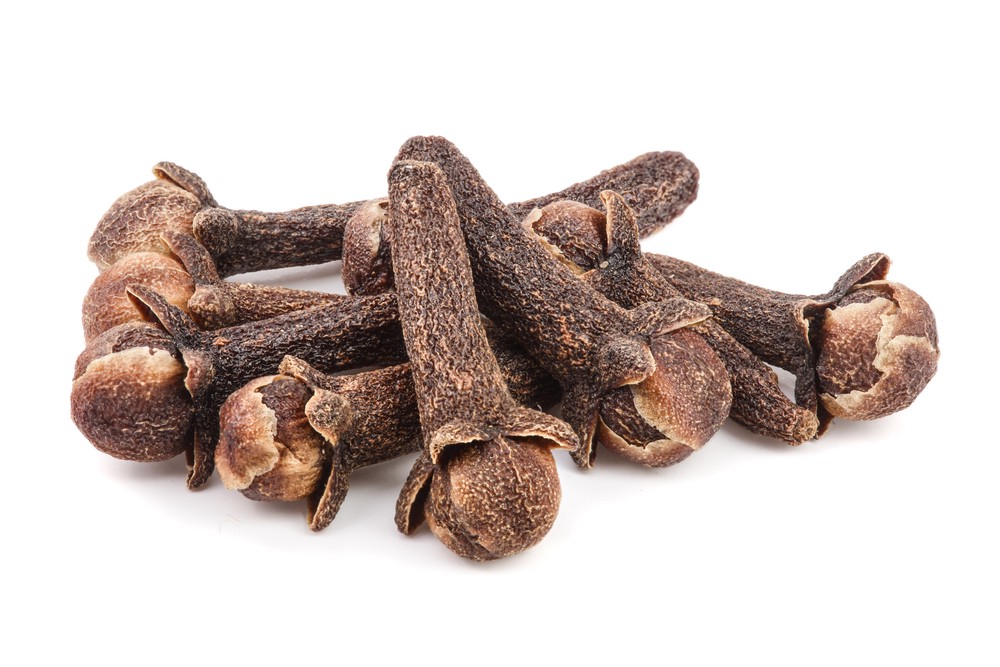
Cloves are nail-shaped dried flower buds that have a strong, pungent, and sweet flavor. They are used in many meat dishes, marinades, pickles and in many garam masalas. Cloves are used whole or in powder form. In India clove oil is also used due to its medicinal value. Many Indians chew on cloves to relieve toothaches and it is used also as a mouth freshener after a meal.

This is usually used in powdered form, grated freshly using a whole nutmeg. Often it is used to flavor Indian sweets, but may be used in some savory dishes.
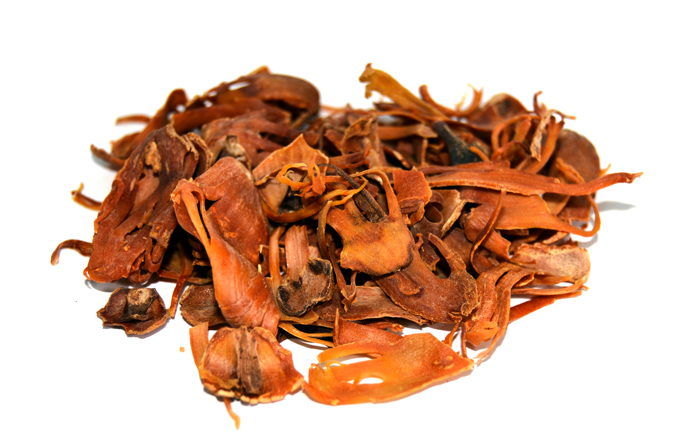
Mace is the dried reticulated ‘aril’ of the same fruit that nutmeg is the seed of. It has a warm and pleasing flavor. It is best to use the blades whole and remove them after cooking as biting it is not a pleasant experience. It’s used to flavor curries, masala chai and certain vegetables as well as Indian desserts.
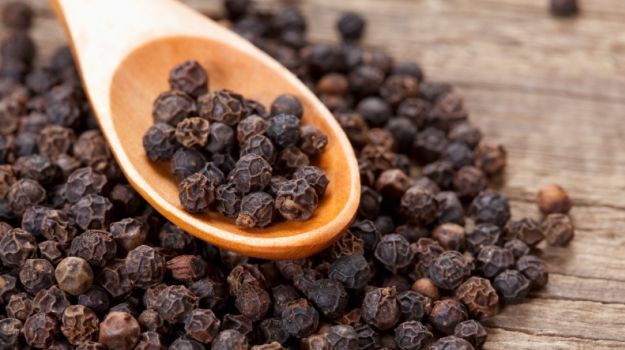
It is said Vasco da Gama risked everything and started on an endless sea voyage primarily in search of one thing pepper. And was he successful in his great quest! It’s called the ‘king of spices’ and accounts for the lion’s share of spice exports from India.
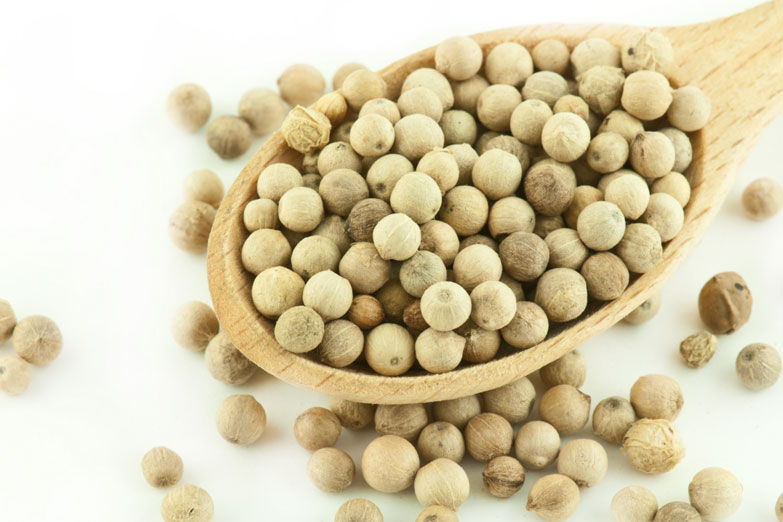
The most common pepper is round, black, shriveled and hard. White peppercorns are the same as black ones but the outer black shells are removed. White peppercorns are sharper and less pungent but they are smooth and creamy.

It requires over two hundred thousand stigmas from crocus sativus flowers and a short harvest season of just 10 days per year to make a pound of saffron. That’s why saffron is the world’s most expensive spice. Indians use the threads in hot milk for about 15 minutes before using it to bring out the colors in fancy Mughal dishes it’s not usually in everyday cooking.

Indian Cassic also known as Tejpata (Cinnamomum Tamala) is a small to moderately sized ever green tree. The leaves of this tree is the spice having clove like taste and a faintly pepper like odor. The leaf is mainly used for flavoring foods like rice and meat dishes. It is also a spice used in garam masala.
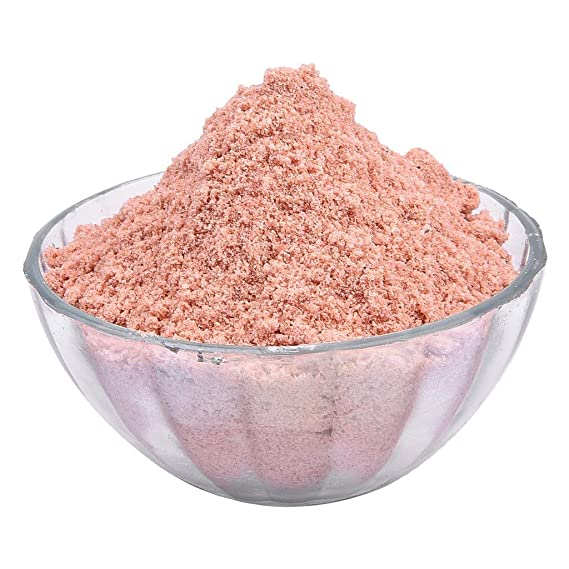
Traditionally, the salt was transformed from its raw natural forms into commercially sold kala namak through a reductive chemical process that transforms some of the naturally occurring sodium sulphate of the raw salt into pungent hydrogen sulfide and sodium sulfide. This involves firing the raw salts in a furnace for 24 hours while sealed in a ceramic jar with charcoal along with small quantities of harad seeds, aamla, bahera, babul bark, or Sajji. The fired salt is then cooled, stored, and aged prior to sale. Kala namak is prepared in this manner in The salt crystals appear black in colour, and are usually ground to a fine powder which is pink in colour.
Although the kala namak can be produced from natural salts with the required compounds, it is common to now manufacture it synthetically. This is done through combining ordinary sodium chloride admixed with smaller quantities of sodium sulphate, sodium bisulphate and ferric sulphate, which is then chemically reduced with charcoal in a furnace. Reportedly, it is also possible to create similar products through reductive heat treatment of sodium chloride, 5-10 percent of sodium carbonate, sodium sulphate, and some sugar
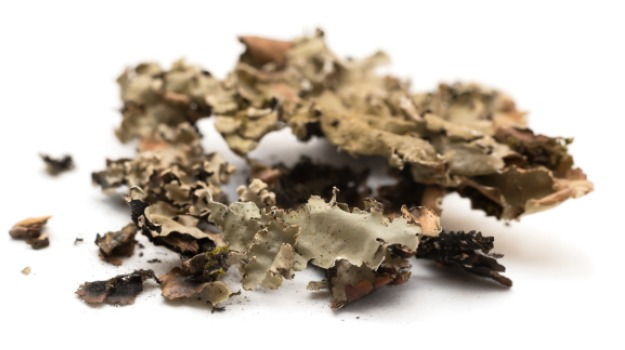
Kalpasi does not have a particular shape. It is curly like some dried flower that is very light in weight. It looks curly like clouds. It can be easily puffed away with a blow of thin air from your mouth. Kalpasi has shades of black, gray, white, mung bean green and pale green in it. You won’t be able to get its fragrance if smelled raw. If I am to explain its smell: it smells as though a new garment is kept in a godown for many days – I couldn’t write a better description of kalpasi’s aroma. Or wait, let me try it in another way. What smell do you get if you sundry a flower for many days? Not any particular fragrance, right? It’s like that. However, kalpasi releases a very strong aroma when tempered for curries and gravies. The fragrance is something close to what star anise releases when tempered in hot oil, but stronger. If you investigate a pack of kalpasi, you’ll find small bits of barks too, as if it was scrapped out from a tree.
